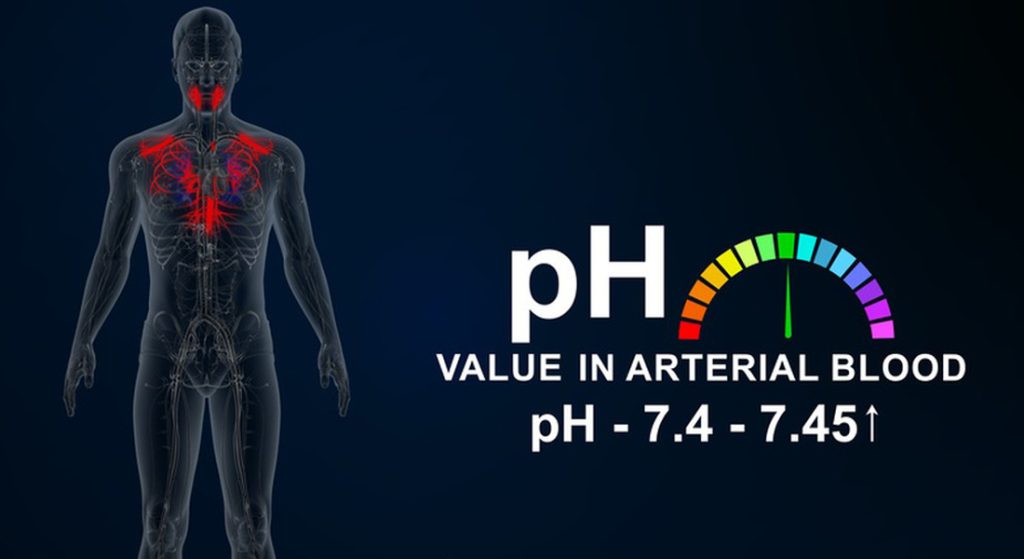ペプチドのpH値が高すぎたり低すぎたりすると、濁り、ゲル化、ヒリヒリ感、ピリピリ感などが生じる。一般的に、これらはバッファー溶媒で調整できる。ほとんどのペプチドでは、緩衝液を使ってpH値を調整するのが安定している。特殊なペプチドは、塩や修飾の形で最適化戦略を検討する必要がある。
1.薬物に対するpHの影響
薬物に対するpHの影響は、主に薬物吸収、薬物比、薬物排泄に反映される。
1.薬物吸収:薬物吸収に対するpHの影響は、主に消化管吸収と腎再吸収に反映される。
消化管吸収に関しては、薬剤によっては消化管内のpH値が変化し、薬剤の吸収と利用に影響を及ぼすことがある。腎再吸収の面では、尿のpH値の違いが薬物の排泄と再吸収に影響する。
2.薬物適合性:pHも薬物適合性に重要な影響を及ぼす。特定のpH値では不安定で、分解や化学反応を起こしやすい薬物もある。
3.薬物の排泄:pHは薬物の排泄プロセスにも影響を及ぼす。例えば、尿をアルカリ性にすることで、ある種の酸性薬剤の腎代謝を促進し、尿路感染症などの治療効果を高めることができる。

2.ポリペプチドに対するpHの影響
ポリペプチドに対するpHの影響は、主にポリペプチドのフォールディングと安定性に対する環境条件の影響に反映される。
ひとつはペプチド鎖自体の配列と二次構造であり、もうひとつは背景となる環境の物理的・化学的条件である。
pHの変化は、ポリペプチドの空間配置や機能に直接影響を与え、その安定性に影響を与える可能性がある。アルカリ性環境では、ポリペプチドの一部が他の物質と複合体を形成することがあり、この構造がポリペプチドの構造を変化させ、それによってポリペプチド医薬品の活性に影響を与えることがある。
二次構造とは、ポリペプチド主鎖の骨格原子がある軸に沿って周回したり折り畳まれたりすることによって形成される特定のコンフォメーションのことで、アミノ酸残基の側鎖を介さないポリペプチド鎖の骨格原子の空間的な位置関係のことである。
pH値を妥当な範囲にコントロールしないと、ペプチドの保護基の一部が脱落したり、二次構造が破壊されたり、活性が低下したり、完全に不活性化したりする可能性がある。各ペプチドは、中性条件に調整したときのpH値が最適であることを見極める必要がある。中性条件の範囲は以下のデータを参考にすることができる:
- 純水のpH値は6.5~8.5。
- 生理的食塩水のpH値は7~7.5である。
この範囲に到達することで、実験中の多くの影響を効果的に避けることができる。
特定のペプチドによっては、pH値が中性条件下で沈殿を引き起こし、無菌水に溶解できなくなることがあるが、これは別の問題である。
ソリューション
1.ペプチドを合成する際、pH値によるゲル化、濁り、ヒリヒリ感、チクチク感などの問題を解決するため、現在開発中のペプチドが最終的に妥当なpH範囲に達することを前提に、塩の形で最適化戦略を変更することにした。これは効果的ではあるが、すべての製品に適しているわけではない。
2.緩衝液の溶媒調整により、実験試薬が酸性の場合はクエン酸ナトリウムを、アルカリ性の場合は重曹を、クエン酸を使用することができる。

